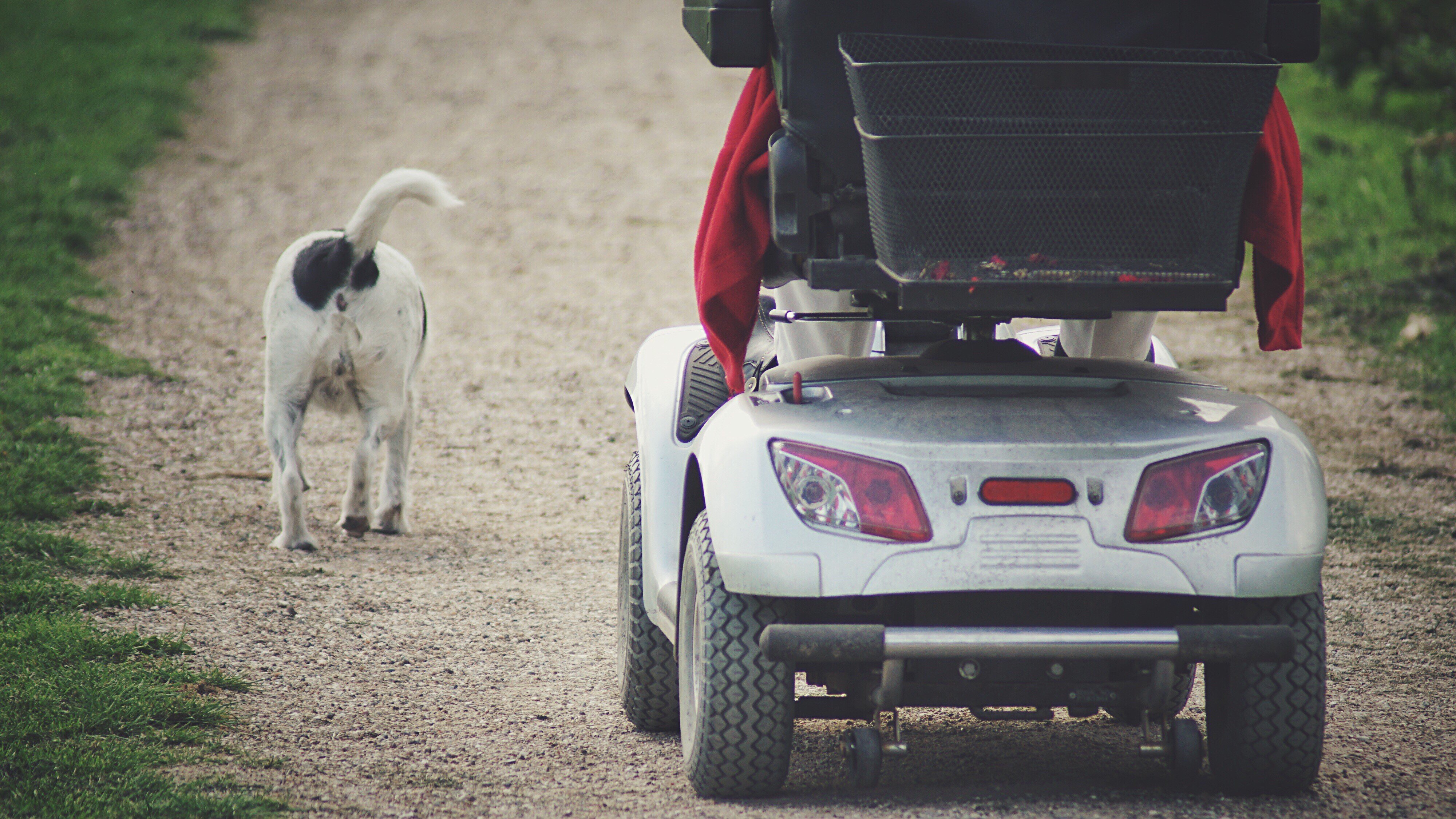Mobility Scooters: A Comprehensive Guide
Mobility scooters have become a necessary mode of transportation for numerous people facing mobility obstacles. This short article explores the various facets of mobility scooters, including their types, advantages, functions, and a guide for prospective purchasers.
Comprehending Mobility Scooters
Mobility scooters are electrically powered gadgets developed for individuals with limited mobility. Haywood Loven supply a way of transportation for people who might have trouble strolling but still want to keep their self-reliance. They can be found in different designs and features to cater to a large range of requirements.
Types of Mobility Scooters
Mobility scooters can usually be categorized into 3 main types:
| Type | Description | Best For |
|---|---|---|
| Compact Scooters | These are small and lightweight, ideal for inside and short journeys. | Users with minimal storage space or those who travel typically. |
| Mid-size Scooters | A balance between mobility and stability, suitable for both indoor and outdoor usage. | Those who require to cover a range of terrains. |
| Durable Scooters | Large and robust, created for rugged outside use and heavier people. | Users requiring additional weight capacity or going off-road. |
Key Features of Mobility Scooters
The choice of mobility scooter often depends upon the features that line up with individual needs. Here are some of the key features to think about:
- Weight Capacity: Mobility scooters come with different weight limits. It is important to pick a scooter that can adequately support the user's weight.
- Range: The distance a scooter can travel on a single charge differs. Depending upon user needs, one might opt for scooters with a series of as much as 40 miles.
- Speed: Most mobility scooters can reach speeds between 4 to 8 miles per hour. Consider what speed is comfortable and safe for the desired environment.
- Turning Radius: A compact turning radius is essential for indoor usage, enabling simpler navigation in tight areas.
- Battery Type: The kind of batteries utilized can affect the scooter's performance. Lead-acid and lithium-ion batteries are the most common.
Benefits of Using Mobility Scooters
The advantages of mobility scooters extend beyond simply transportation. Some essential advantages include:
- Independence: Users can navigate their environment without relying on caretakers, promoting self-reliance and self-esteem.
- Health Benefits: Using a scooter can encourage outdoor activity, resulting in physical and mental health enhancements by minimizing sensations of seclusion.
- Convenience: Scooters can easily be operated in numerous environments, whether inside your home, in mall, or outdoors.
Crucial Considerations When Buying a Mobility Scooter
When buying a mobility scooter, numerous considerations can help guarantee that you choose the right design:
Assess Individual Needs:
- Mobility level: Consider just how much assistance the individual will need.
- Series of usage: Determine where the scooter will primarily be used (indoors, outdoors, on rough terrains, etc).
Test Drive:
- Always test drive several designs to find an ideal fit. Take notice of comfort, ease of steering, and the scooter's responsiveness.
Review Safety Features:
- Look for scooters with adequate safety functions like lights, indicators, and anti-tip designs.
Inspect Warranty and Service Options:
- A trustworthy warranty and readily available service alternatives are crucial for long-term use.
FAQs about Mobility Scooters
1. How fast do mobility scooters go?Mobility scooters normally have speeds varying from 4 to 8 miles per hour, with the majority of developed for security rather than high-speed travel. 2. Are there weight restrictions on mobility scooters?Yes, mobility
scooters feature specific weight limits, typically ranging from
250 lbs to over 500 pounds, depending on the design. 3. Can mobility scooters be utilized indoors?Certain designs, particularly compact scooters, are particularly developed for
indoor use and are much easier to maneuver in tight areas. 4. How typically do the batteries require to be replaced?Battery life can differ based on use, but generally, with appropriate care, batteries may last between 1 to 3 years before needing replacement
. 5. Are mobility scooters covered by insurance?Coverage can differ, but some insurance coverage plans, consisting of Medicare and Medicaid, might cover part of the cost. It's suggested to consult specific insurance providers. Mobility scooters act as a
valuable tool for numerous individuals, enabling them to preserve
their freedom and self-reliance. By comprehending the various types and functions of mobility scooters, people can make educated choices tailored to their specific needs.
Whether utilized for errands, mingling, or leisurely activities, mobility scooters can improve the quality of life for those with mobility constraints. Investing in a mobility scooter is a choice that can significantly impact an individual's everyday life. For that reason, people ought to thoroughly evaluate their options and select a model that best lines up with their way of life and mobility requirements
.

